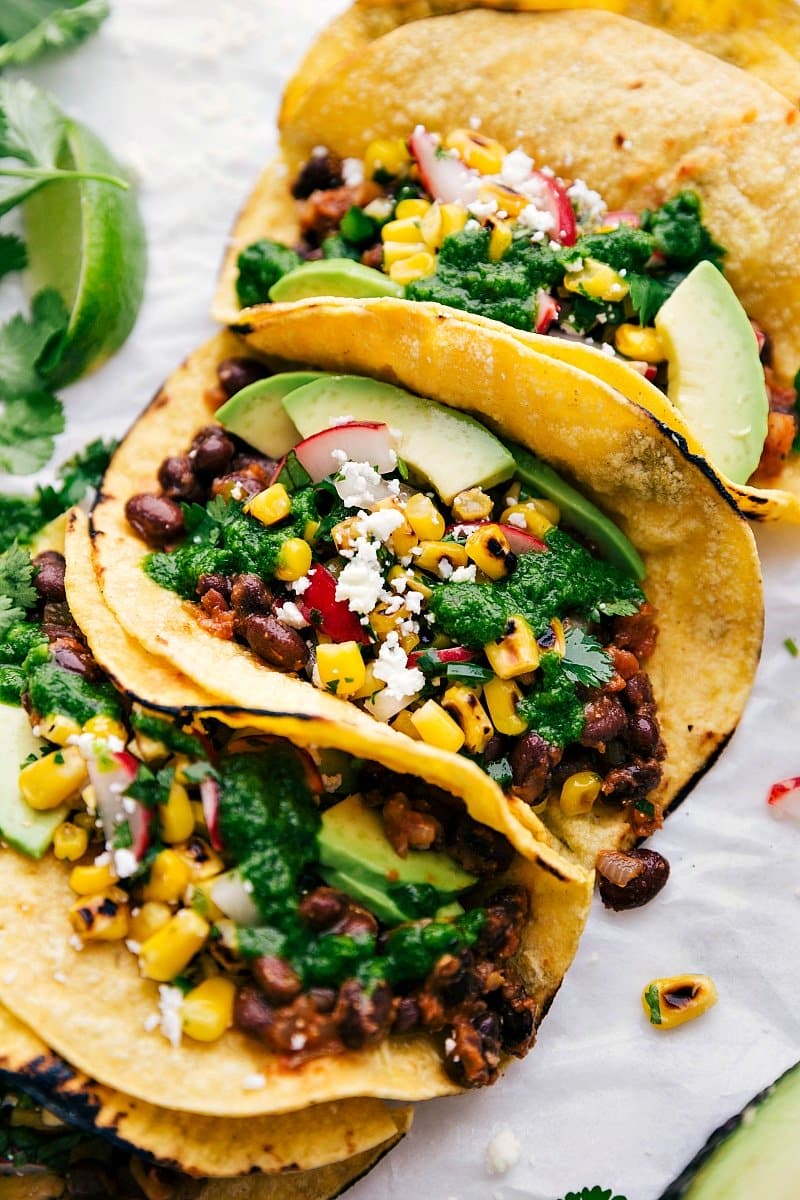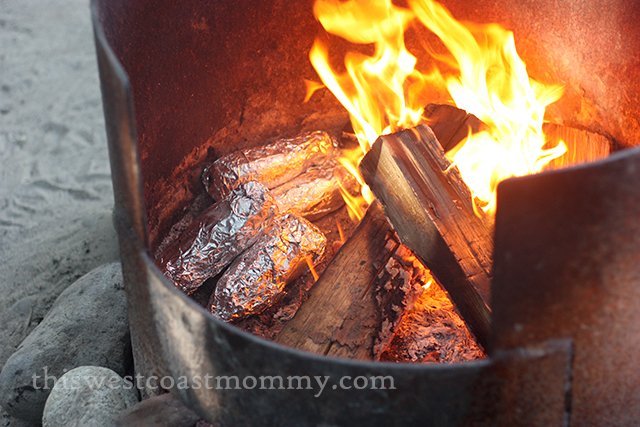Note: This is one part of a two part series, based on a recent road trip through Arizona and Utah. I will reference Arizona throughout this, and discuss the trip as a whole along with focusing on Utah specifically.
Check out our trip video!: https://www.youtube.com/watch?v=d8utxeU9D6w&t=135s
GENERAL INFORMATION
- Native language: English (Americanized)
- Currency: USD
- Region: Central USA
- Climate: Desert, Arid
- Country: USA
- P safety rating (Out of 10): 9
GEOGRAPHY AND CLIMATE

Arizona is a desert climate, characterized by blistering heat and sun on most days, particularly in the summer and spring. Here you will see little in the form of precipitation, and whatever little moisture forms is quickly soaked up by the parched ground. The days get very hot, sometimes well over 100 degrees Fahrenheit. Nights are the opposite, and can get very cold very fast. Temperatures, especially in northern Arizona, can and will get to below freezing during the evenings.
The environment is characterized by reddish dirt and sand. You will see cacti littering the ground with little other growth until you hit the northern portion of the state (here you may see some smaller trees, particularly in the grand canyon area). Southern Arizona can be described as flat, whereas the northern region of the state is broken up by far off mountains and beautiful red monoliths.
What to Pack
To look at an in depth list of clothing items to bring, refer to my previous blog called Camping Utah- USA This list may seem extensive, but we actually used nearly everything on this list. One thing I will note is that unless you are planning on coming during the peak of summer, or are only going to be staying in the southern portion of the state, PLAN FOR COLD. This not only goes for your clothing, but what you pack for camping gear as well. People are generally unprepared, since they view Arizona as a warm state with no possibility for cold. This belief is wrong. Make sure to have a 20 degree Fahrenheit or under sleeping bag (especially if visiting the Grand Canyon). Bring plenty of blankets, and use either a pad or an air mattress to get you off of the ground. Bring a canopy in case of snow or rain, and make sure to have a backup plan in case it gets too cold for you to sleep outside.
https://docs.google.com/document/d/1LiDnEKhH1-38GfM2vZWk1pAahPR2-_sFMQSUccGdTOg/edit?usp=sharing
REGIONS

Note: During our trip we visited only the Western, Central, and Grand Canyon region. So those will be the regions I discuss here.

Western Arizona is much of what I expected when planning our trip. Small, bristled bushes and cacti speckle the dry and cracked ground. It was sunny all day, and fairly warm throughout the night. We hung out here in Lake Havasu, which is a great place to visit for water sports and fishing.

Central Arizona is much like Western Arizona, with dry and arid weather. Flagstaff is contained in this region, as well as some smaller, more charming towns that are exciting places to visit. Towards the northern region, as you reach the region of the grand canyon, you may even begin to see snow and feel the chill of colder winds.

Once you reach the Grand Canyon region, you may be shocked by the amount of large trees surrounding you. You may even see snow – we did in April. These conditions surprise most people, so don’t come unprepared. Elk and other larger animals may even be spotted in between the trees. Once you reach the actual canyon, you may be awestruck by its massiveness – but I’ll leave that for later.
Culture Shocks
If you pass through the Navajo region of Arizona, you may get to see first hand some of the differences between native culture and European-American culture. You may even note some of the poverty in these regions, so it is good to be aware when you are passing through Navajo region and maybe understand a bit about their culture as well. Their art and culture has also had lasting influences on the culture of Arizona as well.
Camp Food
Tacos

Ingredients:
(Basically whatever you want in tacos)
– sour cream
– pork (We got a good deal on pork for our trip, and bought over a pound of it. The rest was used later on our trip, in Utah.)
– canned corn/beans
– onion
– sweet peppers
– corn tortillas
Cook the pork in some olive oil, and heat up the corn and beans in a pot. Slice the sweet peppers and onions into thin slices and cook in olive oil. Once done, set aside and put your tortillas in the same pan that the pork was in to cook for approx 30 seconds. We cooked a large bunch of this and saved over half for our lunches for the week. We made wraps (using flour tortillas) with pork, sweet peppers, onion, sour cream, and lettuce for lunches and just wrapped them in tin foil for our backpacks. They worked great and tasted delicious!
Steak and Corn

Ingredients:
– Ribeye steak
– Corn on the cob
– romaine lettuce
– ranch
– cheese
We cooked the ribeye with olive oil, johnny seasoning, garlic salt, steak seasoning, and some meat tenderizer. The corn we wrapped in tin foil with the same seasonings (Minus meat tenderizer). We cooked all of them over the fire. Using leftovers from taco night, we made taco salads as well.
Tin foil Potatoes and veggies

Ingredients
– Baby Potatoes
– carrots (sliced)
– cauliflower
– Broccoli
– steak (ribeye)
Slice the baby potatoes into quarters, and make sure all veggies are in bite sized pieces. Make a “Bowl” with tinfoil and place veggies, olive oil, and desired seasonings in the “bowl”. Pinch closed to make a veggie packet that is able to be placed on the fire. We used leftovers from the previous night, but if not, cook some steak to go with your veggie packets. Place veggie packets in fire and leave for 20-30 minutes (Until potatoes are soft).
The Road Trip
Day 1-3 are all described in this article. If you are interested in the second half of our trip, take a look at my previous article, “Camping Utah”.
Day 1 – Lake Havasu

Lake Havasu was more of a pit stop for us on our way to the Grand Canyon (which was determined to be too far of a drive for one day for us). Right near the boarder of California and Arizona, this beautiful town is an oasis in the middle of the desert. Spring break here was lively, with free outdoor concerts and college kids in bikinis wandering the streets. But we spent our time adventuring downtown, visiting the London bridge, and enjoying the beach while suntanning. There was a little bit of something for everyone here, with great fishing, boating, and social atmosphere, as well as fun culture and exciting sightseeing.
We stayed in Lake Havasu State park, right next to the water, and it was perfect. The showers weren’t necessarily fancy but they worked, and thats all you can really ask for. They have picnic tables and fire pits as well. This was the only night of our entire trip that temperatures did not get below freezing.
Day 2 & 3: Grand Canyon

Claire overlooking the Grand Canyon on our hike.
One of the first things we noticed as we approached the Grand Canyon, was the snow. It covered the ground and large evergreens, even in April. Be ready for the cold as you get closer. Luckily, we ordered our pass online before hand and were able to avoid what appeared to be an hour long line. Remember to do this before you head out, or you will regret it!
We stayed in the Mather Campground, which was nestled between evergreens. It had a table and a fire pit. It also has full amenities, including showers and washing units, but they are about a five minute drive away from the campground. To get to the actual canyon, you have to hop on one of the numerous shuttle buses to the main visitors center. Buses appear in less than fifteen minutes at any and all bus stops.
As for the canyon, my travel buddy (Claire) actually started tearing up as we approached it. Beautifully colored cliffs and formations spike out of the dip in the ground. We did the Hermit trail hike, and totaled about six miles. I will admit that we did underestimate how difficult the hike would be. It took over an hour a mile, and even longer coming back up, so if you plan to hike into the canyon make sure you have enough time, food, and water. We each had almost a gallon of water, and had drank all of it by the end of our hike.
I hope you all found this information helpful! Until next time, live free my fellow travel bugs!

